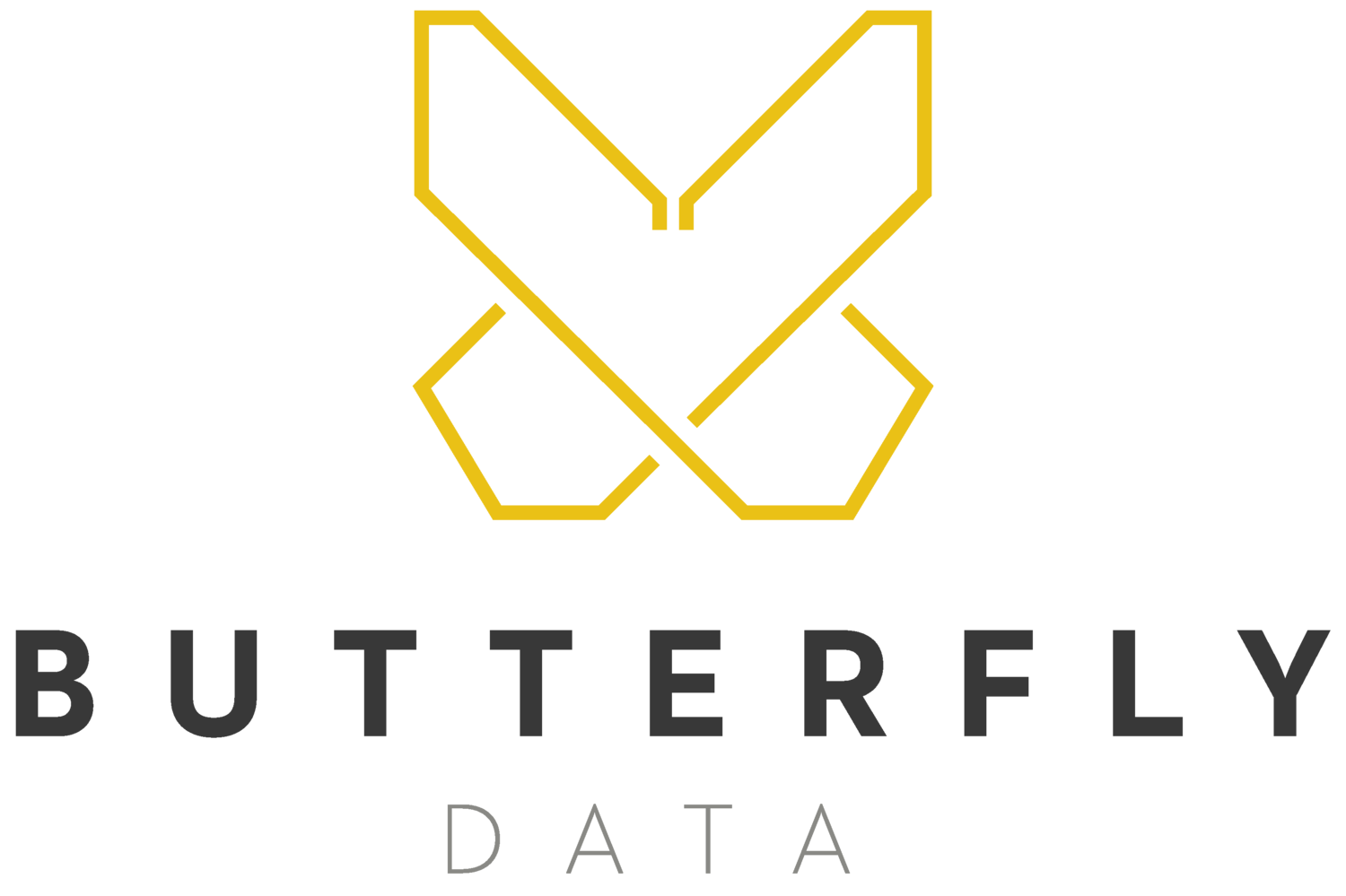Data Analysis and Literature - Network Visualisation
Data and literature are two subjects which often are not considered to naturally accompany each other. But, as someone who has stakes in both camps, I would make the argument that the two complement each other in a way that truly brings out the best in both. C. P. Snow, an English novelist and physical chemist, once said in his lecture ‘The Two Cultures’: "[t]he intellectual life of the whole of western society is increasingly being split into two polar groups...literary intellectuals at one pole - at the other scientists, and [...] between the two a gulf of incomprehension." I believe that this same theory applies to the field of data science and analytics as much as it did to the physical sciences of the time. The very logic-heavy, mathematical and scientific approach to dealing with data can quite reasonably feel like an opposite to the more classically creative and subjective critical approach to the literary canon. However, regardless of perceived differences, one of the many touchstones between data and literature is analysis; both rely on a critical approach to their subject matter to produce insight and utilisable outputs. Hence, this short view of using a classic data analysis approach in a literary setting and how this can inspire us to be creative thinkers as well as critical ones.
Consider the graphical theory of network analysis, wherein relationships between discrete objects or data points are represented as vertices and edges in a network graph. From a data analysis perspective, this could be used in network science to visualise the size, density, and centrality of a network, or it could be used to calculate the average path length between nodes. Now, the application of this to a literary context is most easily explained by applying it to dialogue direction in a play (i.e. who is talking to whom and how often). With relevant weighting in the vertices and a complete graph, you could effectively capture a layer of metadata on this literary work - defining the character who talks to the most other characters or finding the most common pairings in dialogue (as shown in the graph below). This information can then be used to draw conclusions on relational dynamics or to evidence theories on wider communication. This metadata is a dimension which provides insights on analysis of the actual words spoken in a literary text. Likewise, this same approach can be, and has been, applied to data analysis (as expected from what was originally a statistical approach).
However, the takeaway from this intersection of literature and data analysis is two-fold. Firstly, it highlights the commonality between the two fields. The two share a methodology in just this example which indicates the potential for reconciliatory work across them both. Secondly, by following the logic that data analysis can be used to provide new insights in literary works, then perhaps the same can be said in the other direction, that interdisciplinarity can be a two way street. How often do we consider data analytics from a creative critical perspective as opposed to just a traditionally analytical one. Certainly we can detect definitive details from datasets, but have we considered that a creative perspective may allow for a wider perception when studying the actual data - and that a wider perception may lead to less constrained insights.
Whether or not this article has convinced you of the merit of a creative critical approach in multiple contexts, I hope that it has been interesting.


